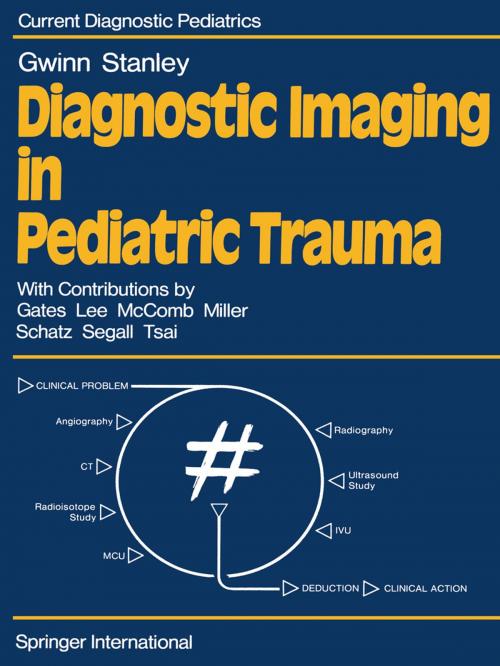Diagnostic Imaging in Pediatric Trauma
Nonfiction, Health & Well Being, Medical, Medical Science, Biochemistry, Specialties, Pediatrics| Author: | J.L. Gwinn, P. Stanley | ISBN: | 9781447131007 |
| Publisher: | Springer London | Publication: | December 6, 2012 |
| Imprint: | Springer | Language: | English |
| Author: | J.L. Gwinn, P. Stanley |
| ISBN: | 9781447131007 |
| Publisher: | Springer London |
| Publication: | December 6, 2012 |
| Imprint: | Springer |
| Language: | English |
Trauma to various organ systems is a common medical problem in the pediatric age group. With the increase in vehicular traffic and active participation in contact sports, as well as a change in the social atmosphere, the incidence of injury to children is increasing. There is considerable morbidity associated with these injuries and accidents are the most common cause of death in this population group. The radiologist, using the various diagnostic radiological moda lities available, becomes involved in practically all cases of trauma of any degree of seriousness. The radiological methods lend themselves not only to determining the specific diagnosis but also to assessing the extent of the injury. This is important in determining of the patient as in recent years a more conserva the management tive type of therapy is advocated in several types of injury. As has been said, "Children are not like adults," hence injuries are of different types from those seen in adults. The ligaments and tendons of children are stronger than the bone structure, thus sprains and strains are not as common as fractures. Certain organs are in a less protected position in a child and may readily be injured from relatively minor trauma. Injury due to violent action of others such as gunshot and stab wounds are not as common as in the adult population but they are increasing in the teenage group. Blunt trauma or that due to rapid deceleration is the usual type of trauma seen in childhood.
Trauma to various organ systems is a common medical problem in the pediatric age group. With the increase in vehicular traffic and active participation in contact sports, as well as a change in the social atmosphere, the incidence of injury to children is increasing. There is considerable morbidity associated with these injuries and accidents are the most common cause of death in this population group. The radiologist, using the various diagnostic radiological moda lities available, becomes involved in practically all cases of trauma of any degree of seriousness. The radiological methods lend themselves not only to determining the specific diagnosis but also to assessing the extent of the injury. This is important in determining of the patient as in recent years a more conserva the management tive type of therapy is advocated in several types of injury. As has been said, "Children are not like adults," hence injuries are of different types from those seen in adults. The ligaments and tendons of children are stronger than the bone structure, thus sprains and strains are not as common as fractures. Certain organs are in a less protected position in a child and may readily be injured from relatively minor trauma. Injury due to violent action of others such as gunshot and stab wounds are not as common as in the adult population but they are increasing in the teenage group. Blunt trauma or that due to rapid deceleration is the usual type of trauma seen in childhood.















